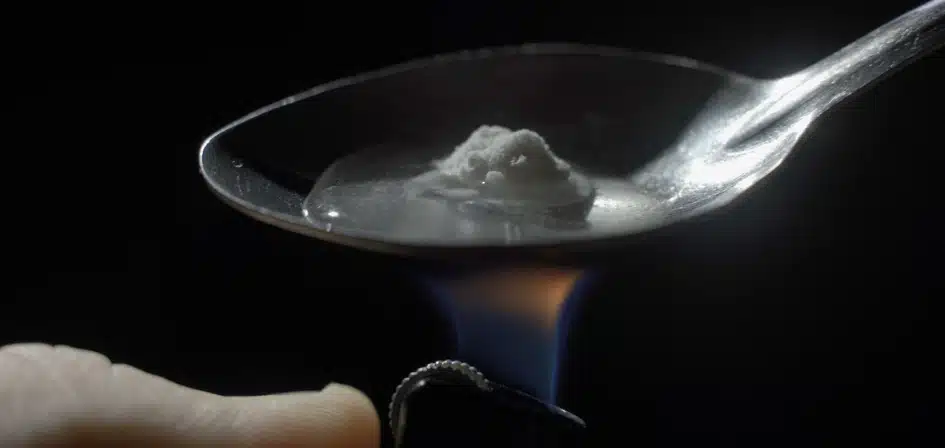How Long Does Heroin Stay in Your System?
Heroin and your body's responseOur Centres
Rehab in Scotland

Google Reviews
5
Rehab in Greater London

Google Reviews
4.5
Rehab in the Midlands

Google Reviews
4

